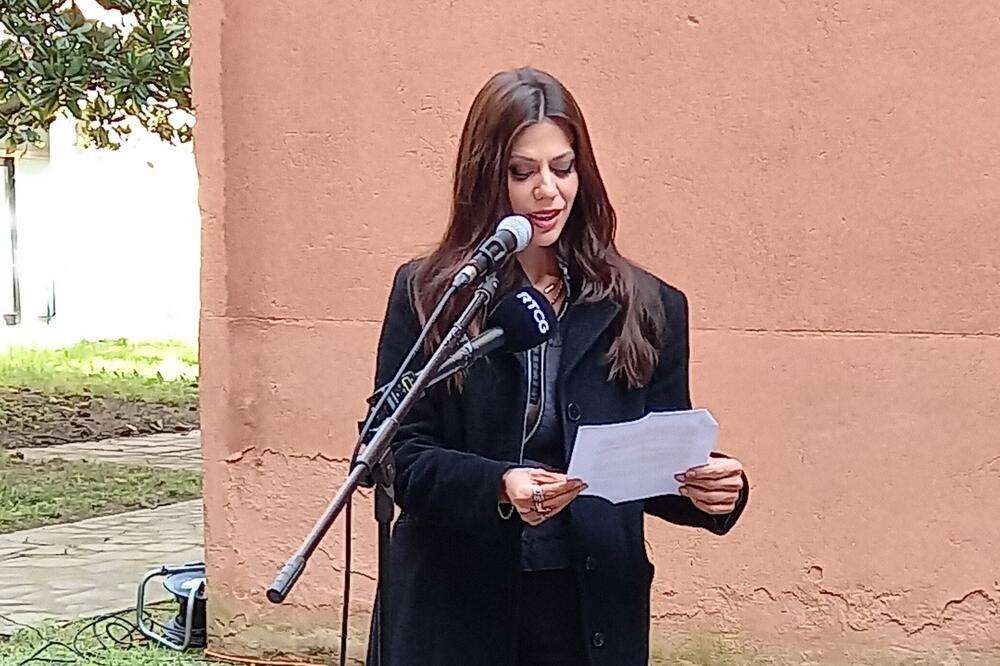Following artistic instinct and curiosity, Darja Bajagić embarked on the research (past) of the island of Mamula, the sight of which enchanted her during her first arrival, in a way also her return, to Montenegro in 2021. Searching for information that would satisfy her interests, a completely unique concept crystallized and grew into an art installation called "An island is needed for such a good feeling".
Things coincided, says Bajagić in an interview with Vijesti, summarizing the entire process that led her to the most important contemporary art exhibition in the world, the Venice Biennale. A complex and important artistic concept created by Bajagić in collaboration with the curator Ana Simona Zelenović, represents Montenegro at this event and attracts great interest from visitors, which was also seen at the very opening of the pavilion on April 19.
Located in the busy Venetian district of Ospedaletto, the Montenegrin pavilion explores the concept of identity, migration, transformation and freedom, reexamines the culture of memory, preservation of social, cultural, historical heritage, and all this using the island of Mamula as a metaphor for the complexity of human experience and life.
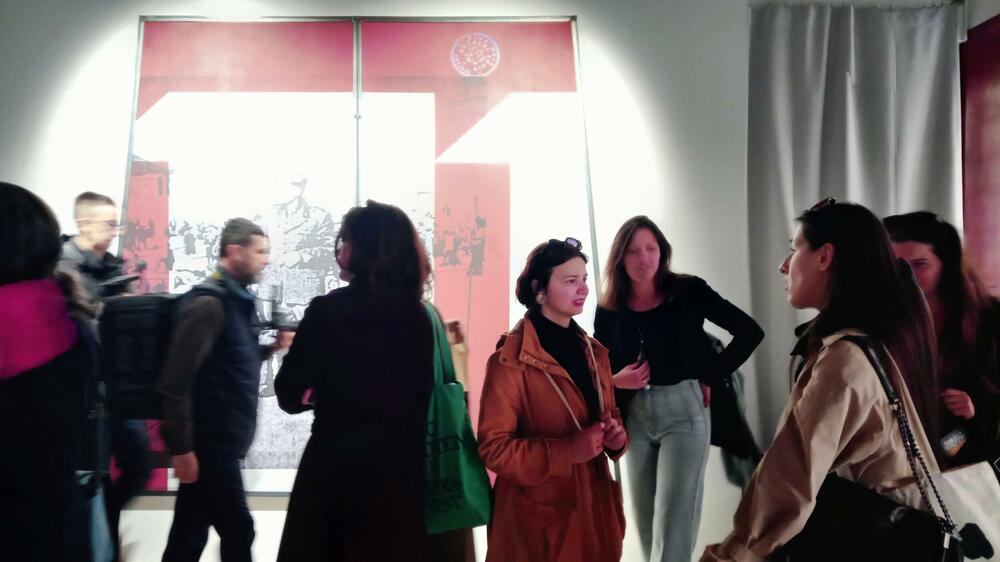
The exhibition and pavilion, whose organizer and executive producer is the Museum of Contemporary Art of Montenegro (MSUCG), the commissioner director of MSUCG, and the patron of the Ministry of Culture and Media of Montenegro, is successfully connected with the theme of the Biennale "Strangers Everywhere", which it set as the central motif Andrea Perosa.
In an interview with "Vijesti", the artist Bajagić talks about the process of creating the concept and her experience of the exhibition and the Biennale, revealing her wishes, goals and expectations from this important presentation to the world, stressing that it is a great honor and privilege for her. Although she built a successful and notable career in the United States of America, which Vijesti previously wrote about, Bajagić revealed that her plans for the future are related to Montenegro, where she would like to present herself with an exhibition.
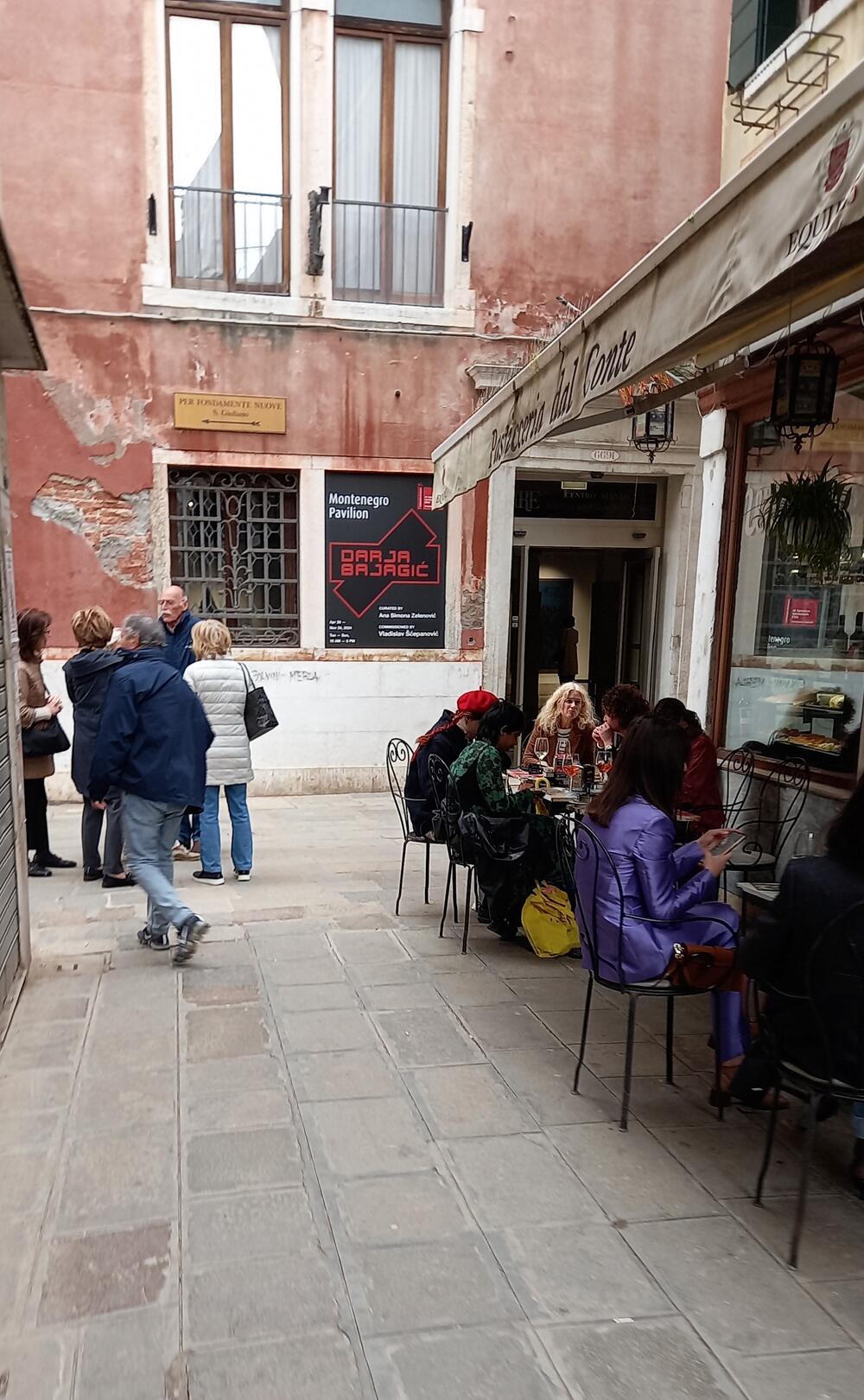
What were the impressions after the exhibition was installed and the pavilion was officially opened?
The impressions are really great. Everything went very well, it was quite easy to set everything up and I am very satisfied with that process, and also with the opening, which went fantastically. As we planned, imagined, expected, that's how it was, even better. So, everything was completely correct and went great, I was very excited, now I'm happy and satisfied.
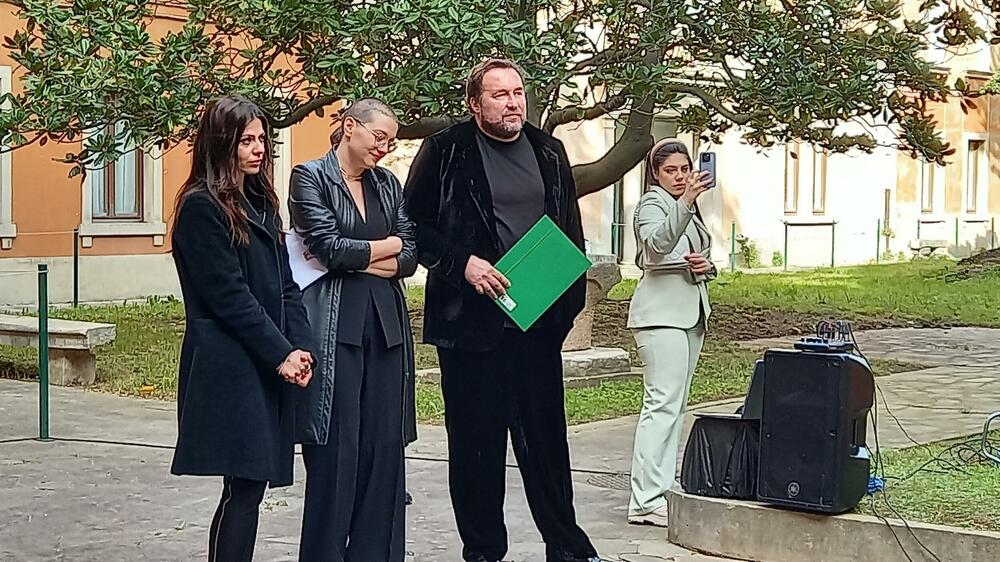
The project "You need an island to feel this good" has matured in you for two years through research. We heard that the first meeting with Mamula encouraged you to do that, and then the knowledge that followed, thinking about history, but also about the present...
Yes, that's right. Everything started with my first arrival in Montenegro... It was 2021 when I came to Montenegro, to Luštica, after many years. I wanted to get to know the area, so I took a tourist excursion around Boka. On that occasion, I saw Mamula, which in itself intrigued me a lot. I started to look for more information on the Internet, to research the history and everything that Mamula once was and represented, but I could not find enough information. I found that I could go and research that period in the State Archives, and specifically I was interested in the Second World War and what was happening at Mamula at that time. That's how it all started. I was collecting material and I knew somewhere that I wanted to make a series of works about it, but I didn't know when and how. In all this, a public invitation was opened for the representation of Montenegro at the Biennale of Contemporary Art in Venice, to which Ana Simona Zelenović and I applied together, and that's how everything somehow worked out. These works form the culmination of that research, both in the field and in the Archive.
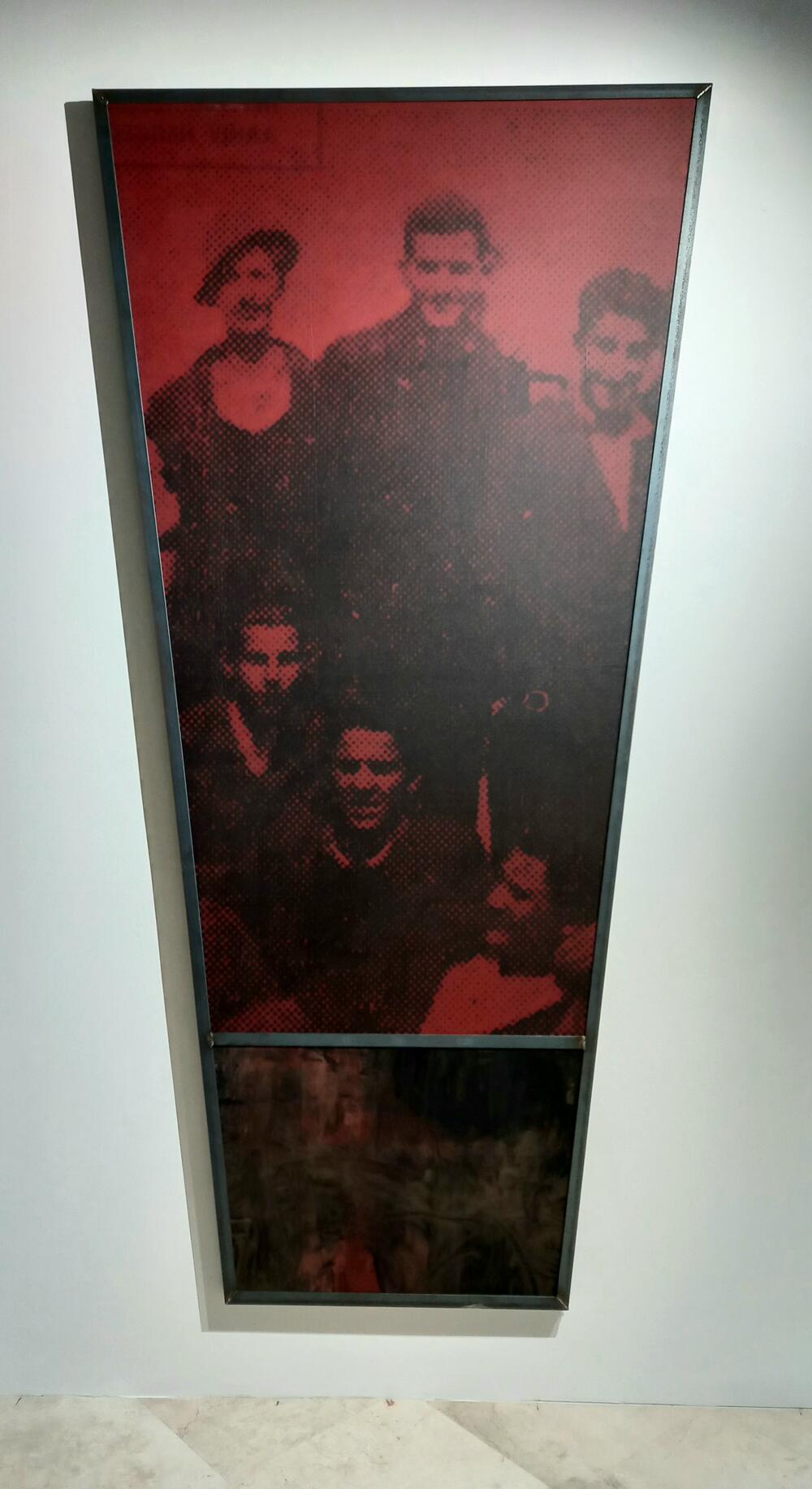
Did you perhaps adapt the works to the needs of the theme itself, the Biennale, whether aesthetically or thematically, or were you simply guided by your impulse, by what you felt and wanted to create?
I had already built that series and the complete concept somewhere... When we saw what the theme of the 60th Biennale was, we saw that it fit perfectly in itself. Somehow, all of this naturally fell into place and connected, both through the history of Italy, Montenegro, our common past, and then world history, and Mamula is open (perhaps intended) to foreigners, knowing that the theme of the Biennale set by Andrea Perosa is "Foreigners everywhere", I realized, as well as Ana, that our project includes and encompasses all the topics that the Biennale is talking about this year. In addition to the work itself, I would say that my biography is also in agreement with the topic. I come from Montenegro, but I spent my formative years abroad. I grew up in Egypt where I lived for 10 years, then the next 21 in the United States of America, only to return to my homeland relatively recently, so I think everything just fit together, kind of spontaneously, but as it should.
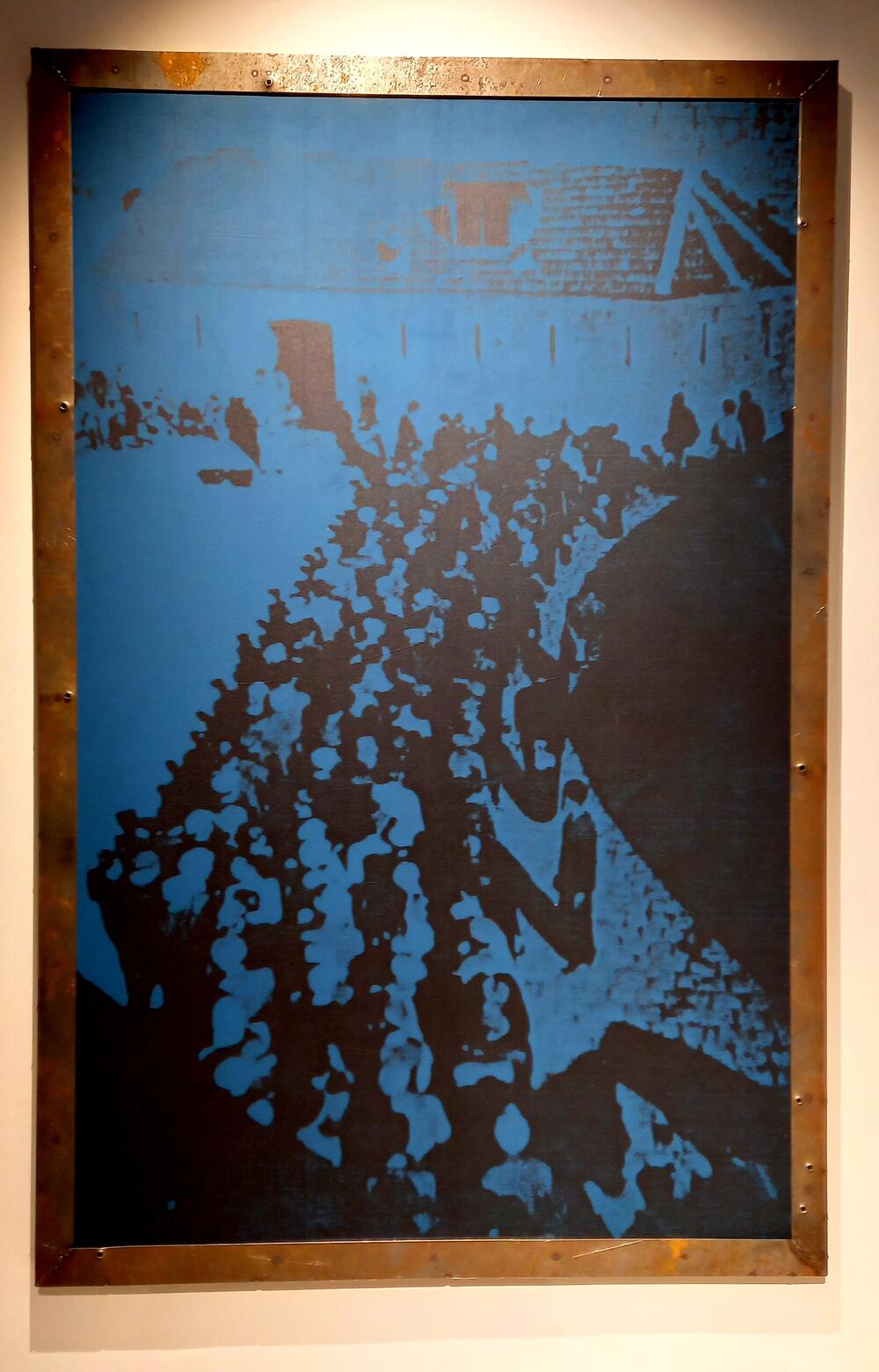
The setting is very strong, full of emotions, raises awareness and raises many themes, which is very subtly executed. In addition to large-format works of various shapes and deep colors, we also have one smaller installation - a metal reconstruction, which symbolizes shackles and constraints, limited freedom, which contributes to the whole concept in a sobering way. The works bear witness to life and the passage of time, documenting the everyday life of a war camp. In the end, everything is framed by the name itself, the catchphrase 'It takes an island to feel this good' from the website of today's luxury hotel Mamula. It is this that elevates the setting itself to a higher level and completes the circle of time from the past to the present.
That's right, and that was exactly my goal. In this context, as well as in my work, I always aim for the works to be imposing, but not exclusive and hermetic, but open so that there is room for the viewer to somehow get involved in the work and its very meaning. In the exhibition itself, in the works, I offer very little information and do not point to conclusions. On the other hand, the names of the works and the press release, together with the exhibition catalog, say more and allow you to find out the whole story and everything that inspired and guided me, but also what was happening with the island itself. Whoever wants, can find many details about all this and then somehow put together a complete picture himself. In this way, the observer discovers what it all means, but also realizes his own role, which he, as an observer and human, has, which encourages him to learn more about it, find out and understand it in interaction with the exhibition.
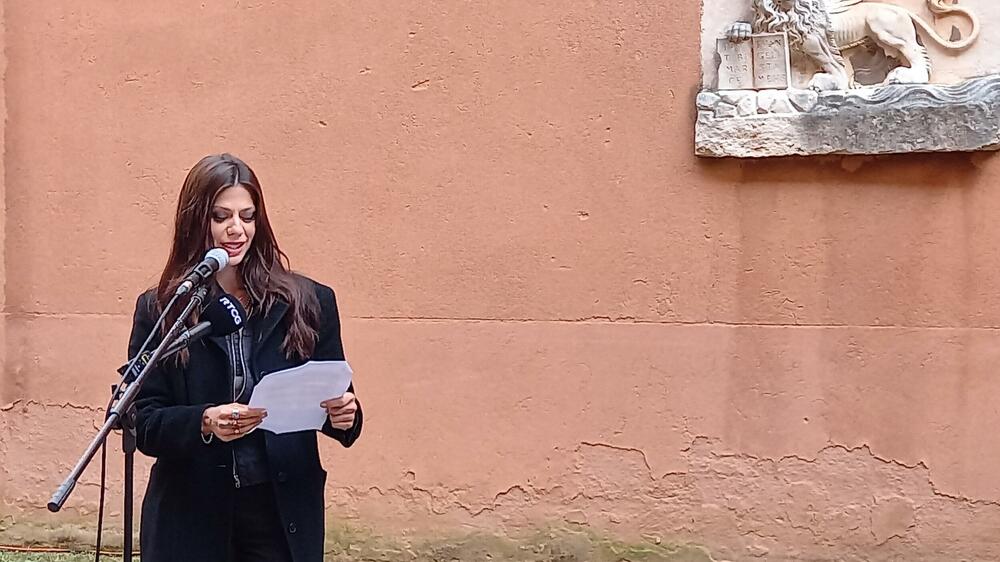
Speaking about the role of observers, what would you say is their role in the concrete example of our pavilion?
I would like this to be a landmark and to awaken greater curiosity, courage to find out and research, not only about this topic, but also about some other topics and stories that are perhaps a little forgotten today or do not stand out in any currently current discourse. . That is one thing, and another is thinking about the past, social, cultural and historical heritage. I want visitors to be encouraged to think about what might be the best or most adequate way to preserve our heritage, not to forget it, not to neglect it and to pass it on. In this context, everyone can provide something of their own, special and important.
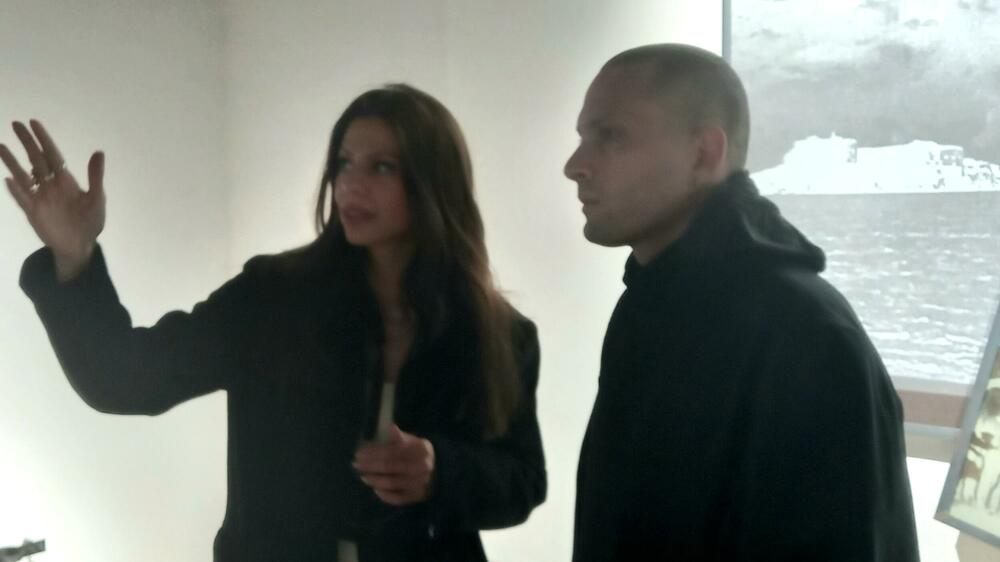
Considering the topic itself, how much of yourself and your life experience, path and achievements did you bring to the setting of Montenegro and to the entire Biennale with a topic that somewhere corresponds with everyone, but also with you personally? In addition to that feeling of being a foreigner, there is also a feeling of belonging, returning, perhaps presenting, adapting and, in your specific case, entering the scene in your country?
That's right... By the way, I built a career in America and gained a lot of contacts, made acquaintances and lived there. People come to the Biennale from all over the world, and many of them that I haven't seen for years, even more than a decade, from various cities in America, but also from all over Europe where I exhibited, I got a call and said that they would come either to watch the opening or to visit the pavilion . What gives me a special pleasure in all of this is that I can show them something about our history, about the history of my country, the country I come from, and thus maybe encourage them to take a little more interest in our country, but also in our art scene. Maybe this will bring some new collaborations, maybe there will be more collaborative projects, so that our artists get more involved in projects and presentations outside the region and further around the world. It would be really great for me and those are some of my bigger goals with this exhibition and the presentation itself. In addition to what it means to me personally, I most hope that my role here is above an individual one and that these certain contacts can start and include the Montenegrin art scene in the world trends and provide visibility to our scene and to Montenegro in general.
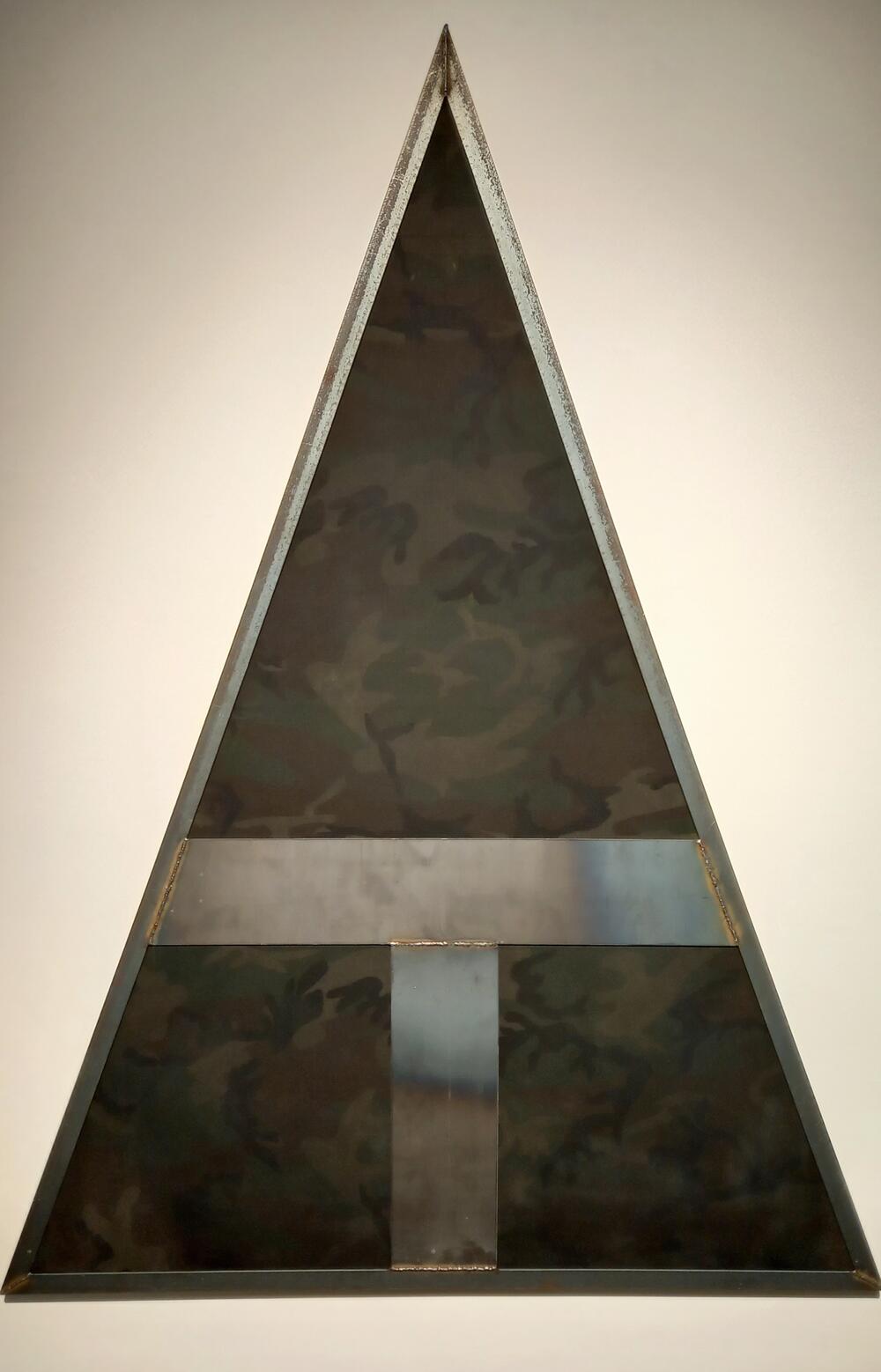
It will surely come to that. When it comes to Mamula, I assume you followed the developments regarding the transformation of the fortress into a luxury hotel. How much does the pavilion refer to it, considering the name, and how much does the exhibition, which does not show Mamula today, point to a certain attitude or circumstances?
In general, through my practice, I very often elaborate some topics that may be "loaded", burdensome, current, which are currently in the center of attention or for some reason relevant, but which have rather black and white perceptions. As an artist, it is important for me to highlight a certain gray zone in such a black and white view of things. It is not my goal to be an activist, to point out whether something is good or bad, right or wrong, it is not my goal to moralize anyone, so I consider that my role as an artist is not to say what I personally think, but I believe that it is more important to put certain questions and to leave space and allow the audience to come to their own conclusions encouraged by my works, concept, research...
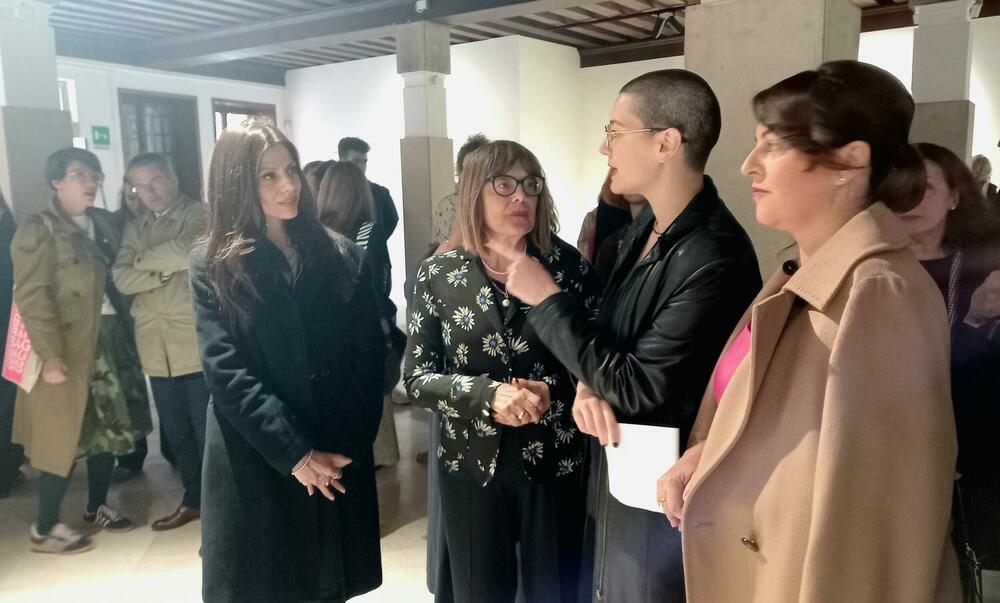
Given that the Biennale has just opened and lasts until November 24, do you have any expectations or wishes, either in the context of results, visits, or the topic itself?
As I have already said, I hope that this presentation will contribute to a greater and additional focus on our scene, on our country, and that all of this will rise to a higher level, and we will be even better placed and positioned on the map of contemporary art. I would like to see more collaborative projects and interest.
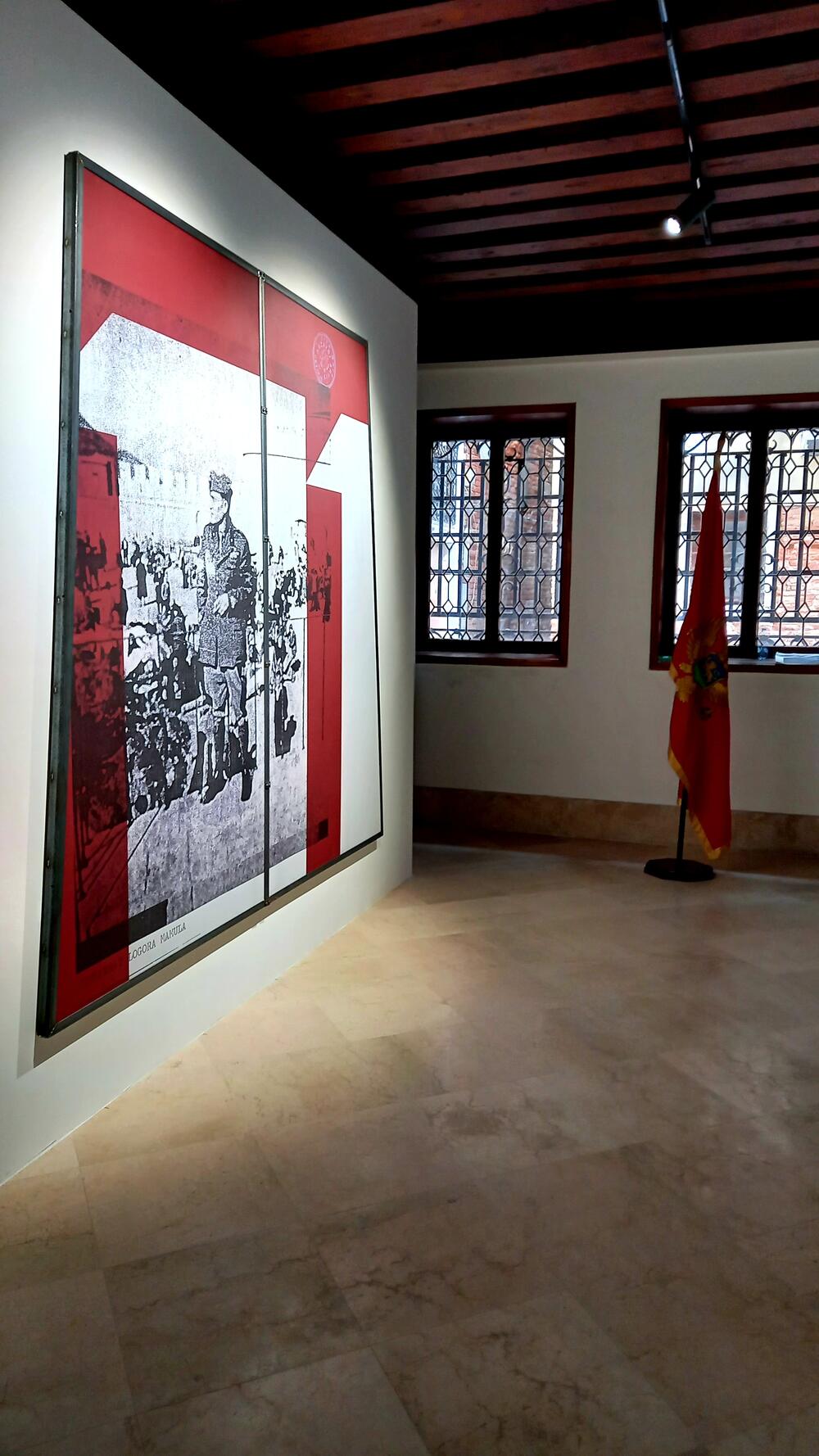
Do you plan to stay in Montenegro, and then to present yourself to the Montenegrin audience with a big exhibition that would be a cross-section of your creativity so far?
My plans are now related to Montenegro, I don't plan to go anywhere. I live in Luštica, which I love very much and where I enjoy it, although I spend part of my time during the year in America, but Montenegro is now my priority... At the moment, my plan is to stay where I am. As for the exhibition, I would really like to see it realized. In particular, these works and the exhibition "It takes an island to feel this good" will not be shown in Montenegro for the time being, but I would really like to see another exhibition. We'll see, I'm open and I'll do my best to make it happen... In addition to all that, thank you for your interest and for following me.
In addition to what it means to me personally, I most hope that my role here is more than an individual one, and that some new projects will be launched, and the Montenegrin art scene will be more included in world trends, which will make the visibility of our scene and of Montenegro even better.
A segment of the personal and shared history of Italy and Montenegro
At the opening of the pavilion, you also revealed that your family history is connected with Italy, what did you find important for this occasion?
The history of my family is closely connected with the creation of this series, which finds its inspiration and origin in Montenegro. In particular, my grandfather Raško Radović, a partisan fighter, was captured by Italian fascists during World War II, after which he was imprisoned in (yet another) island concentration camp in Ponza, Italy. Despite everything, he managed to escape. Tragically, while walking home to Montenegro, he encountered his late brother among the victims of the firing squad. That is why it is of particular importance to hold the exhibition in Italy, because it includes a segment of the common, albeit dark, history of Italy and Montenegro, which has remained neglected in memory.
Bonus video:



